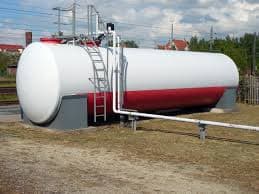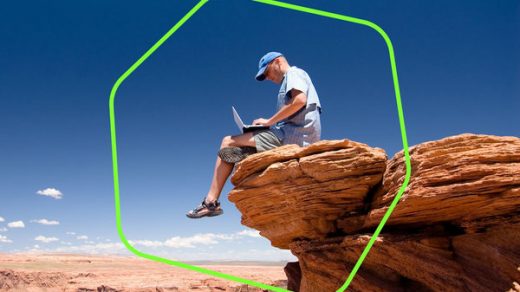You’ve probably heard the terms “2D or 3D animation,” but what do they mean? In short, 2D animation is a type of computer-generated imagery (CGI) in which you can see depth and dimension and it has been around since the invention of film in 1894 when George Méliès used it to create his short films. But, the technology behind 3D animation is constantly advancing, with animators being able to create more realistic 3D animated worlds, therefore making the characters in these worlds look truly lifelike.

The differences between these two versions of animations can be seen through the next 4 fields.
1. Creation Speed
For some reason, things tend to move faster in 3D than in 2D. This may be simply because of the way that 3D programs were first designed; they were made to push the limits and do things that hadn’t been done before, so things just tend to have a greater sense of speed in them even when they don’t need to. Although this might not necessarily apply to all 3D animations, it’s true for most of them.
It is also because it’s necessary to draw the same thing several times for the animation to move smoothly. There is far more individual movement in 2D animation than in 3D animation. As seen at https://www.wearefrantic.com/3d-animation/, 3D animation is very different from 2D in the way that there doesn’t need to be a huge amount of drawing involved in order to make an object look realistic. In fact, many animated characters created through 3D are modeled directly from actors, rather than being based on existing drawings.
2. The Technology Behind
In terms of technology, most 2D animations can be traditionally drawn on paper, but sometimes it is also created with the use of computers; usually in Flash or Toon Boom Harmony (which are vector animation programs). On the other hand, 3D animations are almost always computer-generated using computer software like Maya, Lightwave, and Blender.
Also, In 2D animation, there are no limits as to what you can animate or what it’s going to look like – pretty much anything can have a life if you give it one by animating it – but the downside is that the software tends to lag behind your creative vision sometimes since hard-core animation can take a long time and a lot of patience.
In 3D animation, you have to follow the rules of physics and gravity as well as those of design and functionality, but the upside is that it’s easier to create things with a solid sense of movement and an easy-to-follow path because your audience is used to following certain “rules” already. Although animating in 3D is still time-consuming, it tends to be easier than in 2D for this reason.
3. File Size
Another difference between 2D and 3D is that they require very different file sizes in order to run smoothly. This is because 3D works better with sharp edges and lots of detail, whereas 2D looks much crisper at pixel-perfection (which isn’t really possible unless an animation has a ridiculously small file size). Sometimes it can even look better with simple designs and smaller file sizes.
Next, 2D animation can get very complex but it does not need large file sizes to look good. Most 2D animations use 8-bit artwork while most 3D use 32 bit (because you can get more detail out of using 32 bits than using 8 bits).
4. Creation Time
2D animation is more time-consuming than 3D animation because there needs to be a drawing for each frame of movement whereas, in 3D programs, one can make an animated object turn or jump with just a few clicks of their mouse.
The only thing you really need to animate something in 2D is good skill with your chosen software; once you’ve got the hang of using it, you can animate things quickly. In contrast, animating something in 3D can take much longer also because you have to go into several different menus or use different tools to achieve one effect (e.g., it takes three clicks on the computer map to rotate an object in 3D animation, but only one click to do the exact same thing in 2D). That’s why animating in 3D can take much longer to do (sometimes even twice as long), but it depends on the type of animation you’re doing and how well you know your software.

The differences between 2D and 3D animation are many, but the most important distinction is that one of these formats relies on hand-drawn artwork while the other utilizes computer software. Although there are some really cool things you can achieve with 2d animation such as hand-drawn effects and styles not possible in most other formats, it’s good to know about both so that you have a basic understanding of how each format operates and what they look like when put into action.




Recent Comments